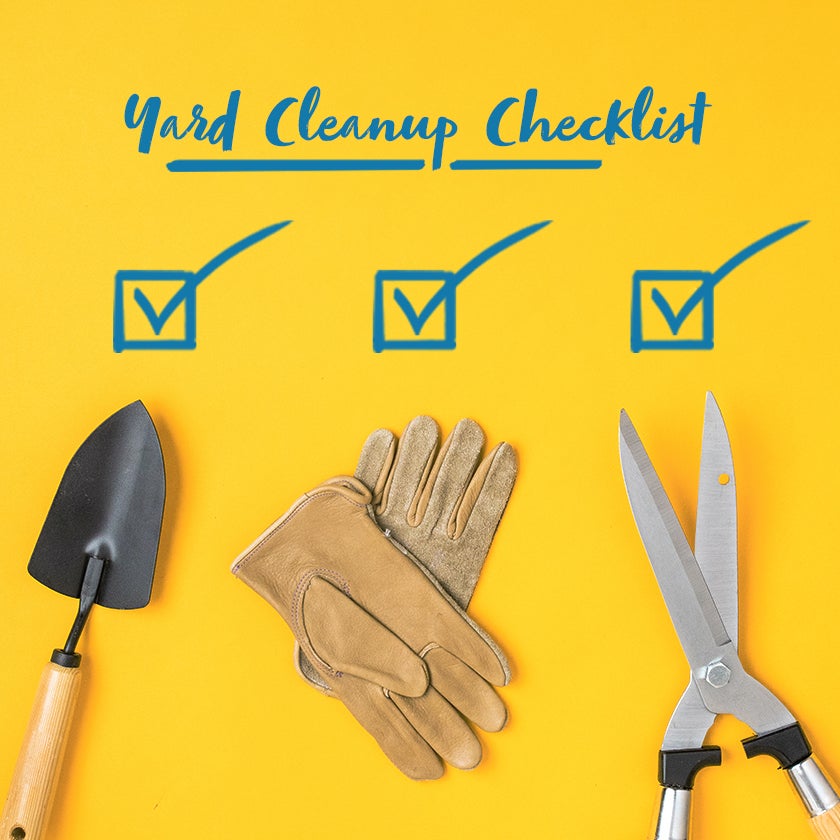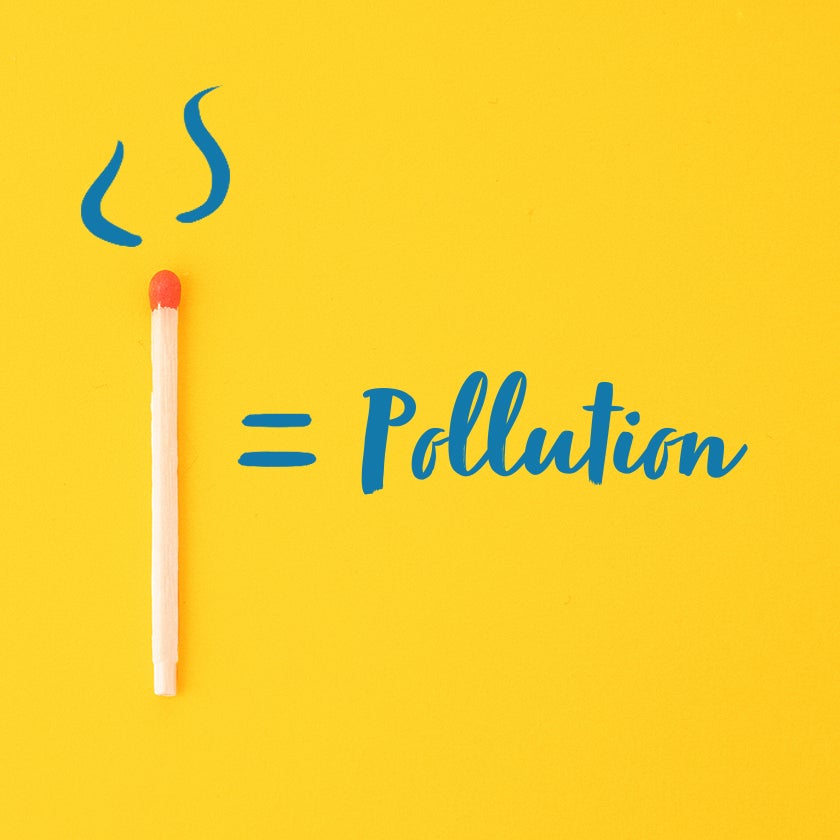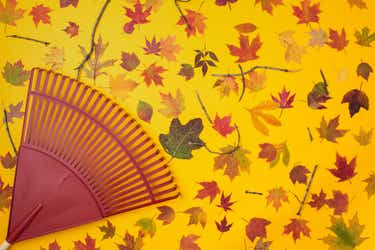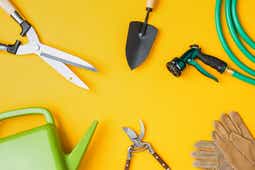Why Yard Maintenance Matters
Ongoing yard maintenance is crucial to ensuring your grass, trees, flowers, shrubs and more are able to thrive. Gorgeous, healthy lawns don’t just spring up out of thin air. Regular yard care is required to help maintain your lawn and ensure it can bounce back from things like bad weather conditions, weeds and infestations of insects and diseases.
Routine spring and fall yard cleaning can keep your backyard beautiful and make your yard clean up easier to maintain throughout the year. Use our yard clean up checklist and yard waste tips to keep your yard looking good and to make yard cleaning a priority to avoid serious long term yard and waste problems.
Needless to say, routine yard maintenance is invaluable to the overall health of your lawn — and a healthy lawn makes for a happy homeowner.
Yard Clean Up Checklist
Everyone wants their yard to be the talk of the neighborhood — in the good way, of course. To ensure your backyard and lawn are in prime (and enviable) condition, here are a few key tasks to add to your weekly yard clean up checklist.
1. Remove Yard Debris
If you start by removing visible yard debris like small branches, twigs, and rocks that might get in your way as you go the rest of your yard cleaning process will be more manageable.
2. Pull Pesky Weeds
Make sure you don’t leave the roots behind as you pull weeds or they’ll just grow right back! To make this task easier, try pulling weeds after it rains — they’ll come up with less resistance when the ground is moist.

3. Water Your Lawn
Pro tip: It’s better to give your lawn a good soaking (about 6 inches into the soil) once a week than to give it a quick drink of water every day. Try watering the lawn in the morning between 4 a.m. and 10 a.m. for the best results.
4. Mow the Lawn
When mowing the lawn, remember that you should remove no more than about a third of the grass stem for the best-looking lawn.
Yard Leaf Clean Up
Dealing with and cleaning up yard leaves can take a lot of time. Regularly raking and cleaning up leaves (especially in the fall season) can make yard maintenance more manageable.
The most efficient method of leaf clean up is when there’s a thick layer of leaves on your lawn — like during the fall, for instance — attach a bag to your lawn mower to collect the leaves instead of mulching them and leaving your yard totally littered with small pieces of leaves.
In case you’d rather not dig the lawn mower out of your garage or shed when doing yard clean up, you can also use a leaf blower to gather leaves into more manageable piles that can be easily raked and bagged.
If your yard is on the smaller side, it might make more sense to pick up leaves the old-fashioned way: with nothing but a rake and a little sweat. Although cleaning up yard leaves may be a tedious task, remember: the more often you clean up yard leaves the less of a mess you’ll have.
Yard Waste Clean Up and Trash
After you’ve cleaned up your yard from weeds and waste, you should know how to properly dispose the mess. Before you start disposing of all the debris from your yard clean up, it’s important to understand what items do and do not count as yard waste.
So what is yard waste and what qualifies to go into trash bags? Things like tree trimmings and branches, leaves, house/garden plants, brush, grass clippings and lawn edging are all OK to throw into an outdoor waste or compost bin. However, some people like to use trash bags for yard cleaning because it helps them manage the waste better.
You’ll want to use a strong trash bag for your yard waste especially if you have heavier items. Usually you don’t need too many trash bags to get the job done well. Depending on factors like the size and amount of yard waste you have, you can typically use Glad®‘s Large Trash Bags to clean up the waste.
To ensure that your yard waste is collected by your local collection service, it must be free of items such as: metal, food waste, soil, sod, stones, mulch and garbage. Be sure to check your local waste disposal service’s guidelines first to ensure what types of trash and yard waste can be included in your regular trash pickup.
Yard Waste Disposal Tips
So, what should you do once you’re ready to get rid of all the yard waste you’ve amassed during your clean up? Although it might be tempting to simply burn it, that’s not necessarily a good idea. Burning brush (branches, leaves, twigs, etc.) can increase air, soil, and water pollution, and it also poses a risk for wildfires — not to mention there are typically strict local laws and regulations against doing so.
The easiest, most eco-friendly method of yard waste disposal is to recycle it. You can arrange to have your local sanitation department schedule a pickup of your yard debris, or drop it off yourself if you have the means to transport it. Make sure you do some research to figure out how your local waste disposal service requires outdoor waste to be bagged for disposal. Most disposal services require yard waste to be in a clearly marked bin or in paper outdoor waste bags.





